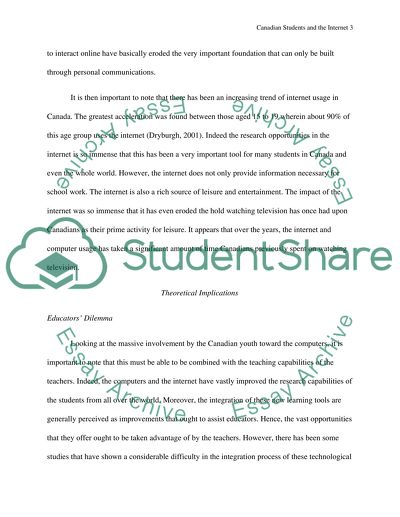Cite this document
(“Are university students in canada dependant on computers heavily Research Paper”, n.d.)
Retrieved de https://studentshare.org/sociology/1392645-are-university-students-in-canada-dependant-on
Retrieved de https://studentshare.org/sociology/1392645-are-university-students-in-canada-dependant-on
(Are University Students in Canada Dependant on Computers Heavily Research Paper)
https://studentshare.org/sociology/1392645-are-university-students-in-canada-dependant-on.
https://studentshare.org/sociology/1392645-are-university-students-in-canada-dependant-on.
“Are University Students in Canada Dependant on Computers Heavily Research Paper”, n.d. https://studentshare.org/sociology/1392645-are-university-students-in-canada-dependant-on.


